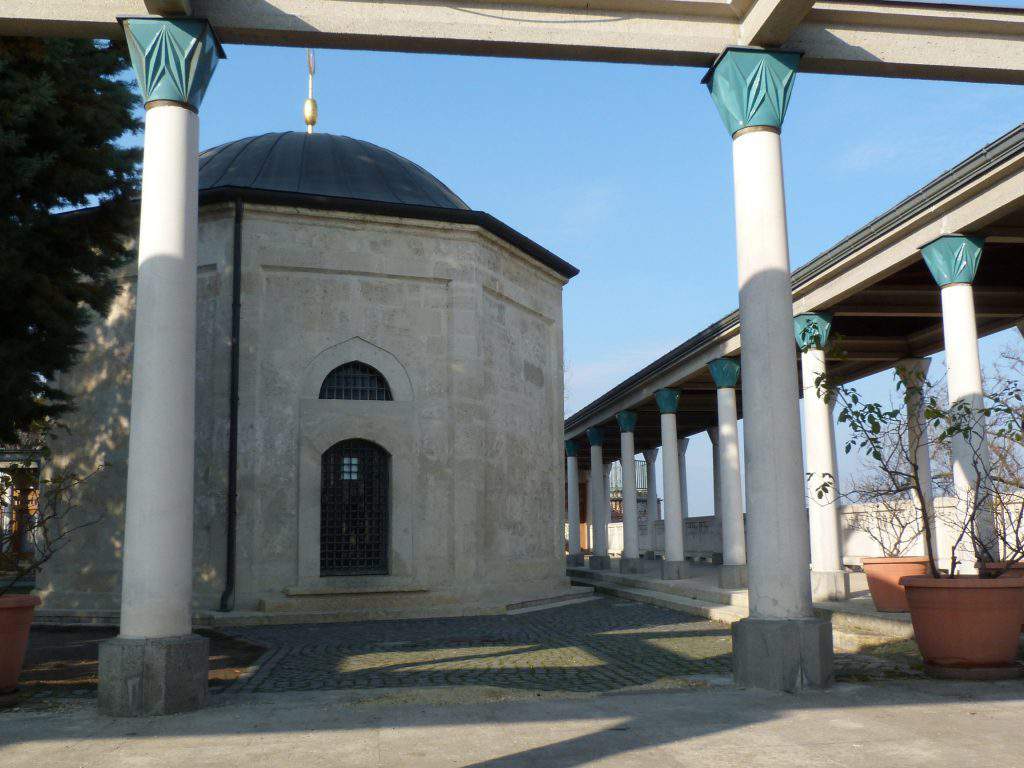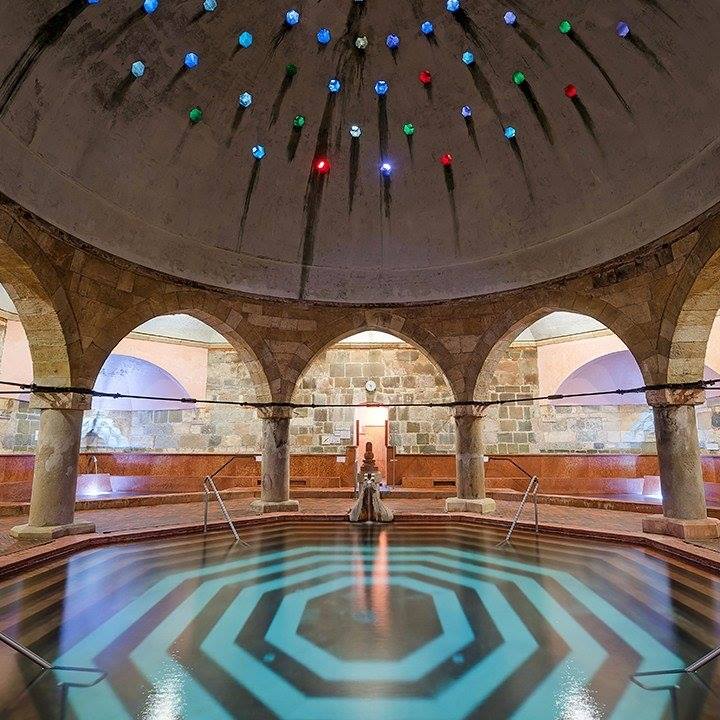Experience the Turkish side of Budapest! – photos, video
The Kingdom of Hungary fought against the Ottoman Empire for almost 300 years and was under the rule of the sultan for more than 150 years. However, apart from soldiers, weapons, and armies, many elements of the Ottoman culture also came to Hungary, and marvels were born.
The Tomb of Gül Baba
Though not much is known about his life, it is sure that Gül Baba was an Ottoman Philosopher, poet, and writer, who was at the same time a Muslim monk, a Bektashi dervish. He took part in many Ottoman invasions in Europe from the reign of Mehmed II onwards. He is thought to have died in Buda, in August 1541, after the Ottoman Empire occupied the castle by a trick: janissaries walked into the castle to admire its beauties but did not leave it until 1683 when the city was finally freed of the Ottoman rule.
His tomb became one of the northernmost Muslim pilgrimage destinations. Allegedly, Gül Baba died in the fight below the walls, and his funeral was the first Muslim religious ceremony held in Budapest (then Buda). Allegedly, Sultan Suleiman was one of his coffin-bearers and declared him the patron saint of Buda.

After the retake of Buda by Christian forces, the tomb was converted into a Roman Catholic chapel and was renovated several times. In 2016, the tomb and its neighbourhood were rebuilt and renovated with the financial help of the Hungarian and the Turkish governments.
The tomb is located on Mecset Street in Budapest, a short but steep walk from Margaret Bridge in the district of Rózsadomb (Hill of Roses). Here is a short video compilation about the tomb with beautiful photos, and HERE you can find some further details about the issue:
Turkish baths
Budapest has four baths built during the 150-year Ottoman rule in the 16th-17th centuries. The oldest one is the recently renovated Veli Bej Spa, and furthermore, there are the Király, the Rudas, and the Rácz Baths. The 4 baths have a similar structural pattern: a central warm pool surrounded by hot and cold plunge pools, steam room, and sauna. All of them add a bit of Oriental atmosphere to the city.
HERE you can read more about the oldest one, the Veli Bej Spa, while HERE is an article about the history of the Turkish baths in Hungary.

Photo: www.facebook.com/pg/rudas.gyogyfurdo/photos
Mosques
The Capuchin Church on Fő utca (Main Street) stands on the spot of a mosque built by Tojgun Pasha beginning in 1555. It remained intact during the recapture of Buda in 1686, but soon, it became a church of the Capuchin monks. The only still standing Turkish remains are the original doorway and window.
The downtown Parish Church at March 15 Square also used to be a mosque, but the only part of it that remained is the mihrab, or a niche in the wall of a mosque pointing at the Kaaba stone in Mecca, toward which the congregation faces to pray.
Street names
The street names used during the Ottoman occupation were changed, of course, after their forces were expelled, but some streets were later renamed, like the Gül Baba Street, the Turkish Street, the Turban Street, and the Mosque Street where the Gül Baba tomb is located.





